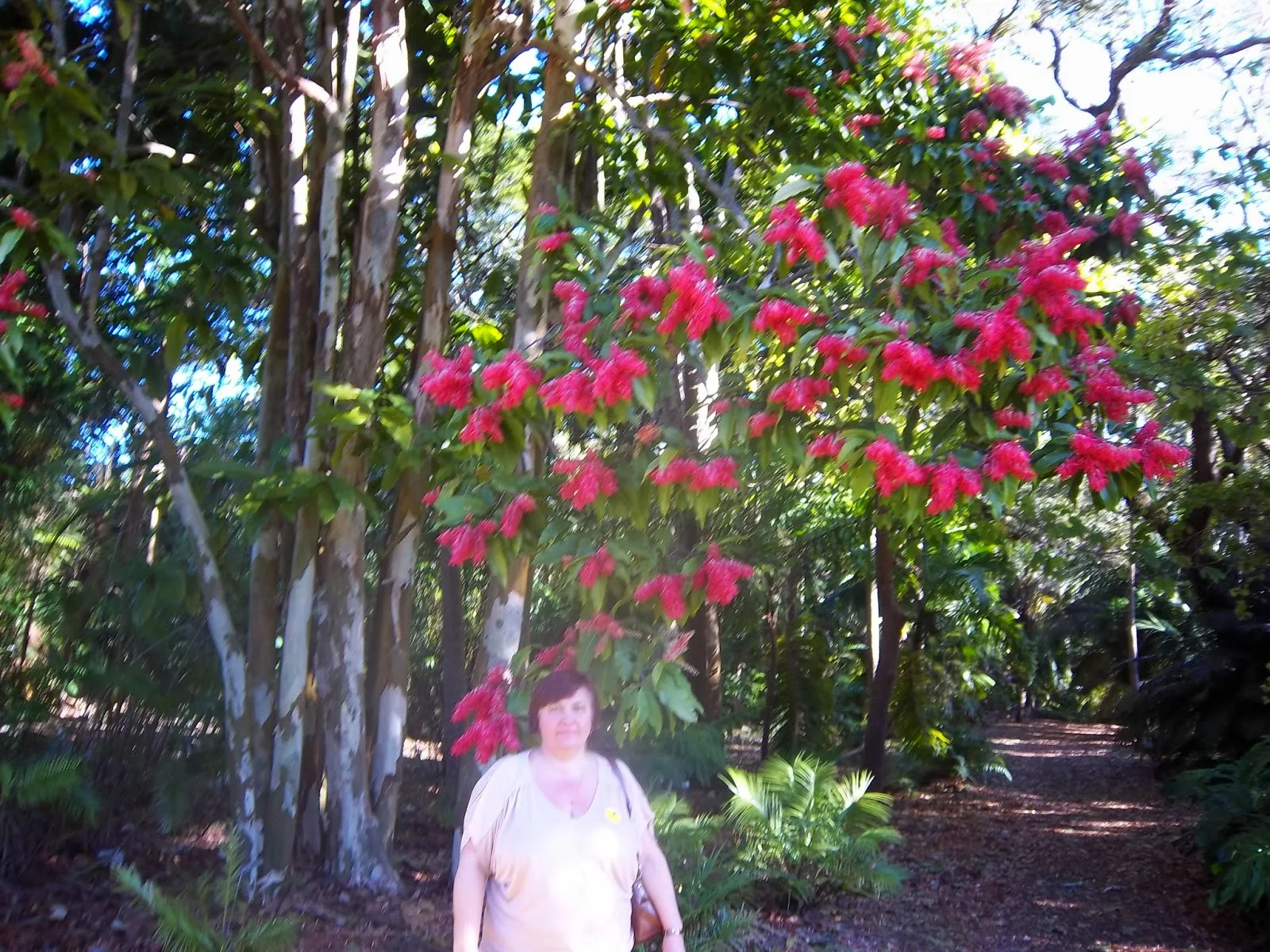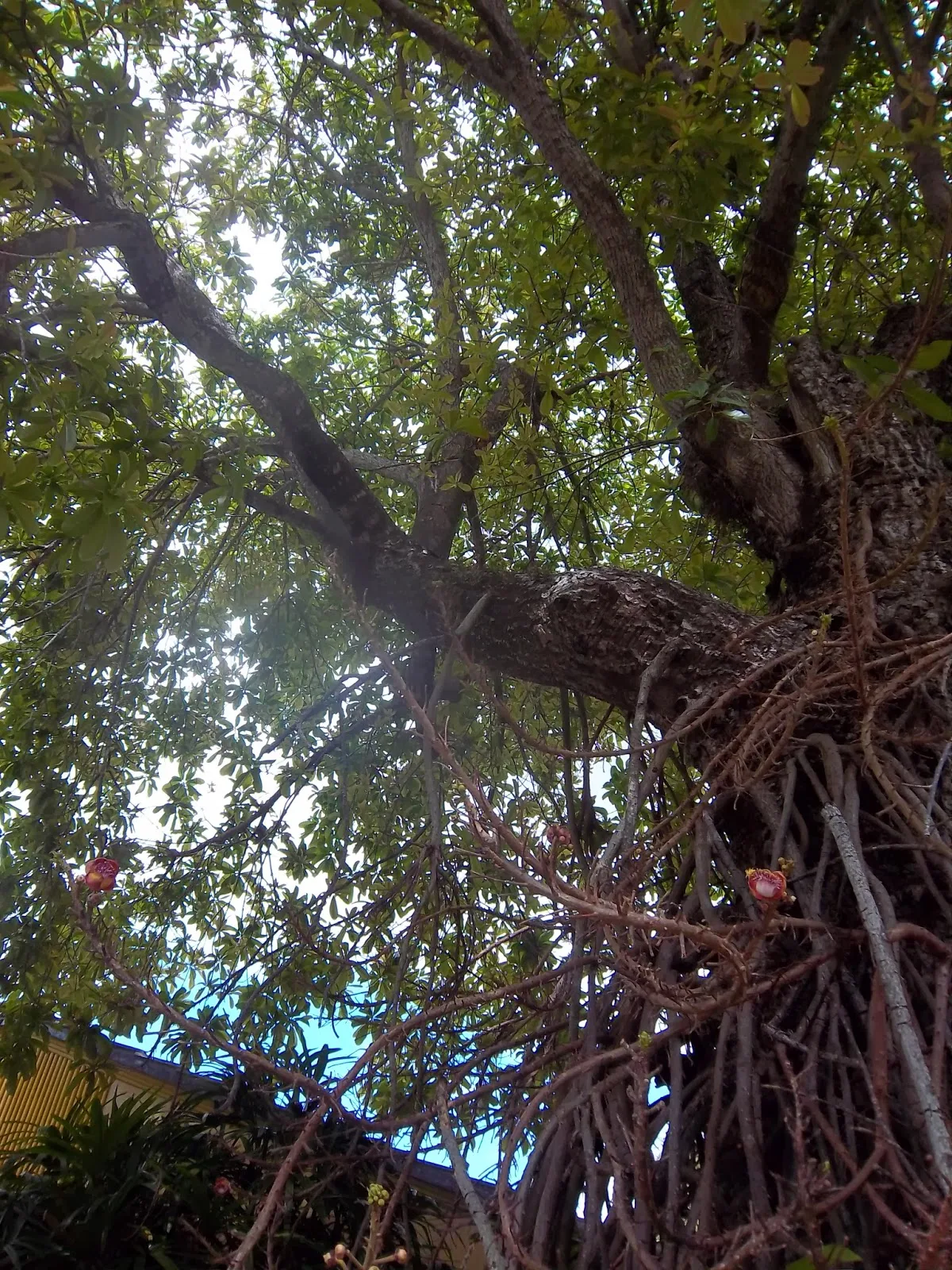By Liliana Usvat
Blog 149-365
Alternative Names
Triplaris cumingiana Long John Ant Tree Dilla, Guayabo hormiguero, Palo santo, Vara santa




Blog 149-365
Alternative Names
Triplaris cumingiana Long John Ant Tree Dilla, Guayabo hormiguero, Palo santo, Vara santa
The Long John Tree is native to Central America and tropical South
America Panama to and Peru. It is sometimes called the Ant Tree, because in its native
habitat, its hollow branches are inhabited by stinging ants which
protect the tree from herbivores. This tree can attain a height of
50-70′ with an oblong canopy that remains narrow. The bark peels off in
patches, giving it a smooth blotchy trunk.

The brown seeds, small square nuts, have wings. When the seeds of this
tree fall they look like many small helicopters gyrating to earth. They
can be carried away by the wind for many miles before reaching the
ground.

This tree is dioecious, meaning there are male and female plants. The
blossoms of the female tree are more deeply colored than the male tree,
and produce nutlike seeds attatched to three brilliant red 2″ long
propeller like wings, that are wind dispersed, fluttering down like tiny
helicopters. They flower in the dry season from November to early
spring.

A medium to large, dry deciduous tree from mixed forests at low to
medium elevations along the Andes between Panama and Bolivia with large,
glossy leaves, cream colored flowers on male trees and pink to bright
red flowers on female trees.

Medicinal Uses
- Triplaris Surinamensis is used in Shamanism to prepare Ayahuasca (both a medicinal tradition specific to the Amazonas and a shamanic medicinal brews).
- A decoction of the bark is used in the treatment of dysentery, diarrhoea and piles

Agro Forestry Uses
Propagation
Seed - best as as it is ripe in a
partially shaded position in a nursery seedbed. A high germination rate
can be expsoon ected, with the seed sprouting within 20 - 30 days. When the seedlings are 4 - 6cm tall, pot them up into
individual containers and they should be ready to plant out 4 - 5 months
later
- Growing tips:
- - Grow well in full sun or a slightly shaded place. Young plants require some amount of shade.
- Soil - good drained, water retentive. Rich in nutrients.
- They require constant humidity and warm temperatures















